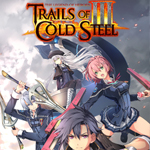Reunion.
Ever since I discovered the Legend of Heroes series with Trails in the Sky on the PSP back what feels like a lifetime ago, it has been a blessing and a curse.
A blessing because the series has become one of my absolute favorites in all of gaming, and a curse due to its erratic release schedule as I’m left feeling desperate, having to wait years, not even sure if the latest entry will even make it to the States.
Case in point- a whopping three years after its original release in Japan, the third entry to the Cold Steel series has finally made it here, thanks in part to NISA, who have taken the reins to localize this behemoth of a game. However, this change has sparked some controversy due to NISA’s previous missteps with Ys VIII and their general reputation for some half-assed localization efforts in the past. Given that I’ve been playing NISA published games since the PS2 generation, I’m well aware of the problem, but at the same time, I think they’ve really committed to doing the Legend of Heroes justice and wanted to see the fruits of their labor with my own eyes.
Disclaimer: Before I begin my review in earnest, I will note that if you have not played Cold Steel 1 + 2 and plan to in the near future(they are fantastic and I recommend them), you should not read this review as it will contain some spoilers for those games. Also, please note that I actually imported a Korean copy of Cold Steel 3 about a year ago and played it through in full because as I said, “DESPERATE”. So, playing through the game a second time colored my experience in a different light. With that out of the way, we can begin.
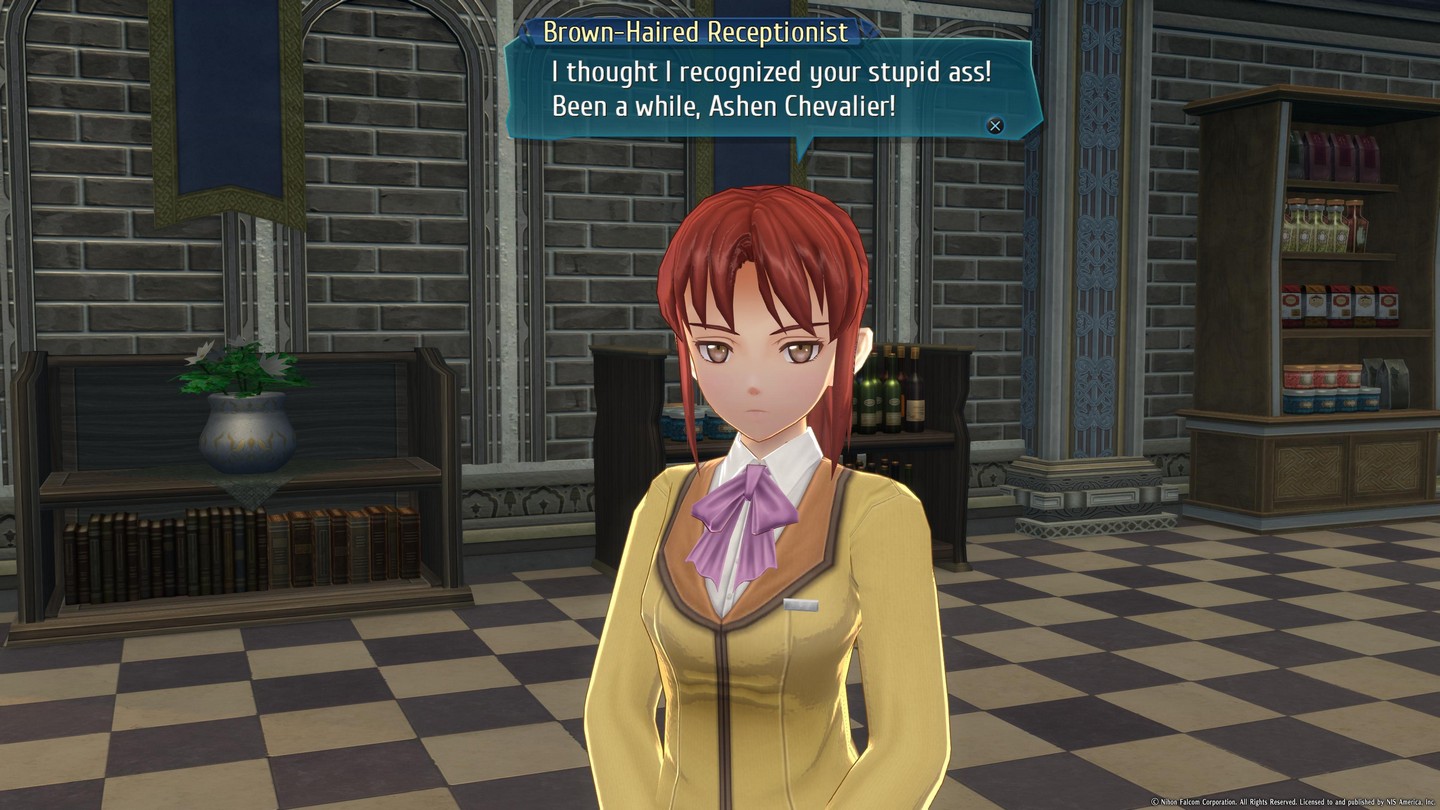
Good to be back.
A year and a half after the end of the civil war between the government and the noble alliance, Rean Schwarzer of Class VII graduates from Thors Military Academy and began his career as an instructor in the newly formed Branch Campus of Thors.
Charged with the development of a new Class VII with a Specials Ops designation, Rean and his students unwittingly begin uncovering a looming threat that seeks to send Erebonia into a war to end all wars.
Compared to the massive roster of students in the old class VII, the new class has five members, which works to its benefit.
Even though I eventually ended up liking each and every member of the old class, I felt there was simply not enough time to fully explore each member of the team, and some of them ended up sidelined for the majority of the game. Thanks to the smaller roster of the new class this was no longer an issue, as each character was given ample time to shine.
Altina, Kurt, Juna, Ash and Musse all had their unique quirks and played off each other well. Even though it was fairly clear which archetypes and common tropes they were inspired from, their characterizations didn’t end there and they all showed depth to spare and I found myself eager to learn more about them.
Rean, as the main character, remains mostly the same but has matured in meaningful ways. Seeing him as an instructor constantly drawing from his experience as a student as well as all the things that happened in the civil war to help his students showed his growth as an individual and elevated him from being your typical goody-two-shoe JRPG protagonist.
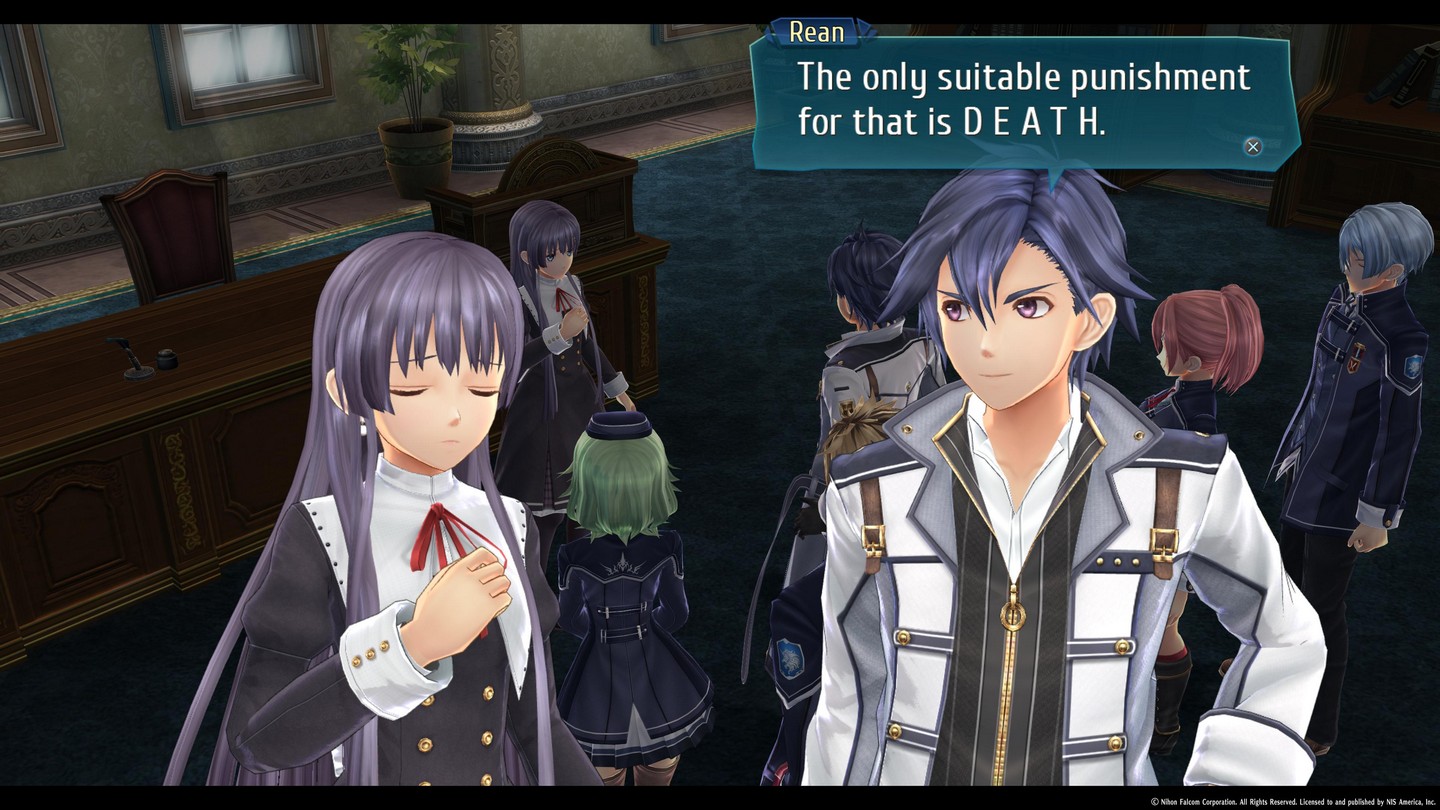
It’s time for ul-tra-vi-o-lence.
Given that the Legend of Heroes games have always prioritized story and characters more than anything else, it was of utmost importance that the localization was done properly to let the personalities of the full roster shine through, and I’m happy to report that NISA has done an excellent job doing exactly that.
The voice acting was solid all around, despite a few that took a bit of time to get used to, and the writing was good with only a handful of noticeable mistakes in an absolutely massive script. It’s a bitter farewell to XSEED after what they have done for the series, but I feel that it’s in good hands going forward.

“This girl is going to get me fired…”
The overall flow and structure of the game mirrors Cold Steel 1 in that it follows a very specific pattern of spending time at the campus and then going out in the world for a field exercise and back again, and it works wells just as well as it did back then. Fighting in dungeons, exploring new towns, socializing and fulfilling quests- none of it felt repetitive or tiresome due to the excellent pacing, as I was never doing the same thing for so long that it became tiresome.
Speaking of the fighting, the combat engine has been improved in a number of meaningful ways.
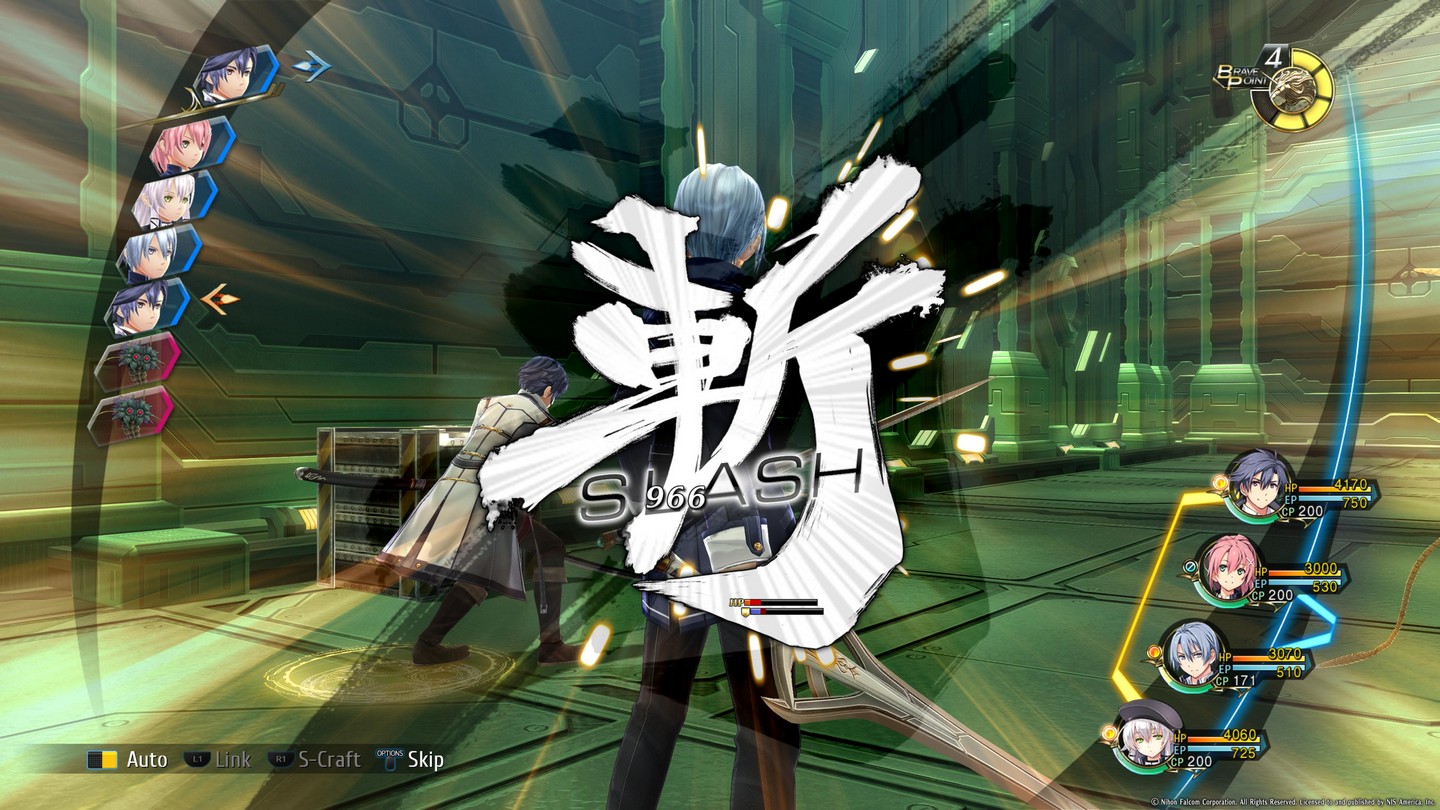
REAN SLASH
Aside from the typical ability to attack, using crafts(skills) or arts(magic), I was now able to give out orders using my BP. Orders were unique skills that would affect every character with extreme boons like stats/crit boost or even turn acceleration and complete damage immunity for a number of turns. Executing an order didn’t even take up a turn for my party members, which added another layer of strategy to the combat. Many of the game’s tougher encounters took this power into consideration when balancing its difficulty, which meant I had to be ready to put out an order right before an enemy’s onslaught or I was going to be wiped out in a single massive attack.
There were also greater customization options as I was able to equip a sub-master quartz that increased the flexibility of the builds available for each combatant, and fiddling around for the best combination felt rewarding as I was able to put together some ridiculously powerful builds, capable of decimating most enemy groups in a matter of seconds.
Combat onboard the divine knight and various panzer soldats is more commonplace but felt more interesting as they were no longer predominantly one-on-one affairs. Having more combatants on the field left more room for a greater degree of strategy and improvisation.
Just like the PC and PS4 releases of Cold Steel 1+2, there is a high-speed mode which could be enabled instantly by pressing on the left side of the touch-pad, which was a nice inclusion as it made traversing familiar territory and auto-battling through easy encounters all that much faster.
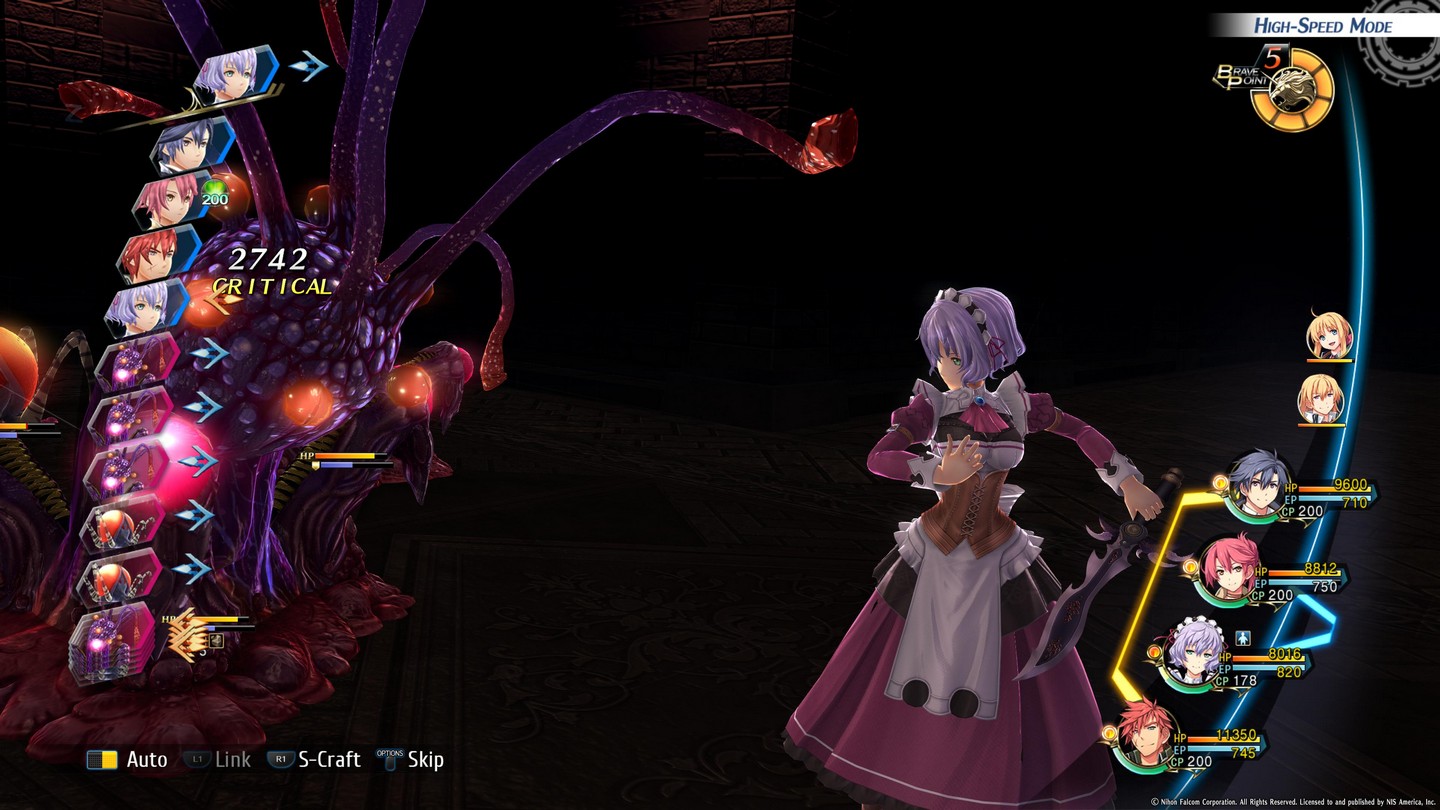
You really don’t need to power level in this game but if you want to, the high-speed mode helps.
Visually speaking, Cold Steel 3 is much improved from its predecessor, which was held back by the fact that it was also on the PS Vita, and while I wouldn’t say that it’s a great looking game by any means, the visual presentation is clean and aesthetically pleasing. The previous titles were also mired by performance issues, which have been alleviated for the most part with the exception of the final few areas where there are a ton of character models on the screen at once, forcing even my PS4Pro to chug a bit.
Lastly, there are inconsistencies in when and how the voice overs are used where there are scenes of characters talking and some have voices and some do not. While I am fully aware that this is how things are handled in the original Japanese release, XSEED went the extra mile with the re-releases of Cold Steel 1+2 on PC/PS4 by adding a significant amount of voice over lines, and I wish NISA followed suit in that regard.
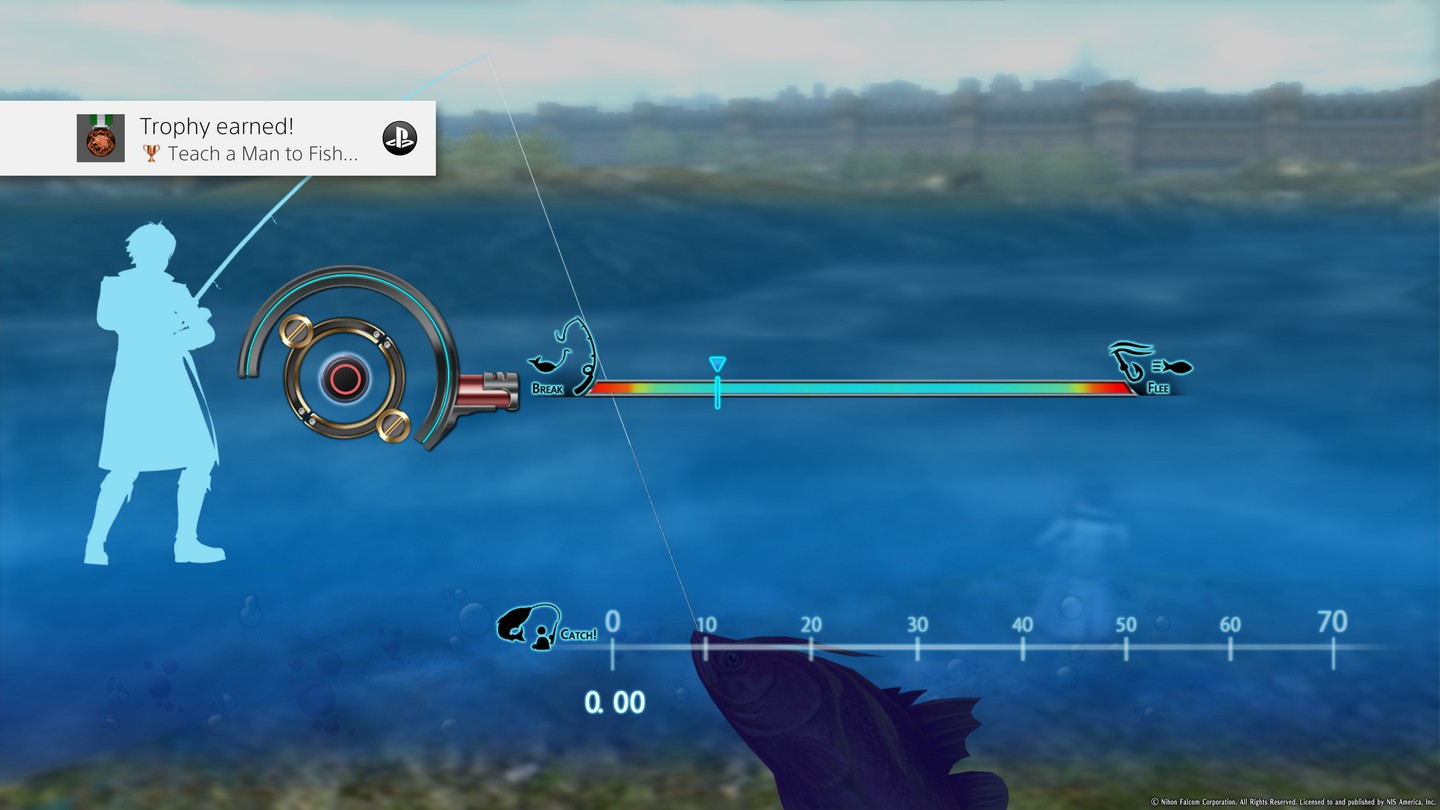
It’s not a JRPG unless it has a fishing mini-game!
After a long, grueling wait, the Legend of Heroes makes its triumphant return and I am more than happy to report that the wait has been worth it as Cold Steel III delivers on all fronts with improved visual fidelity, performance and a slew of meaningful new mechanics. Led by a cast of unforgettable characters and an intriguing story arc that will have you begging for more when the credits roll.
It’s time for a class reunion.
Fun Tidbit – Of course I can’t end a Falcom game review without a song selection from one of the best in the biz, Team JDK.
Review copy of game provided by publisher.
